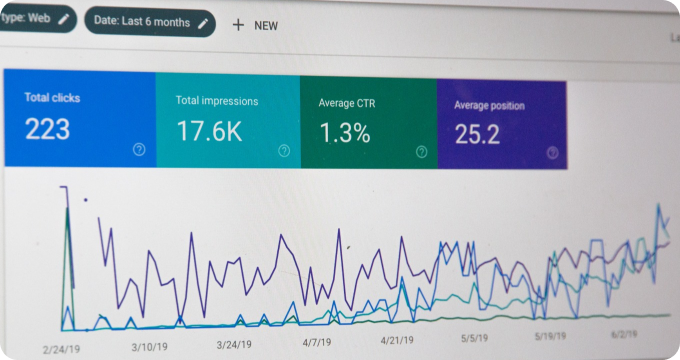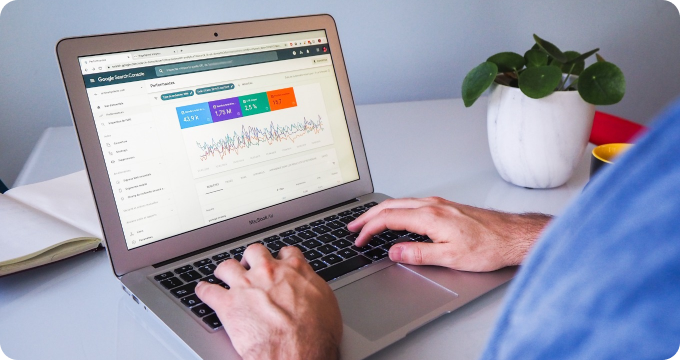Debunking 10 Myths Surrounding LIMS Software in the Industry
- November 18, 2023
- 2 minutes
Laboratory Information Management Systems (LIMS) has been a cornerstone of the scientific industry for several decades now. However, irrespective of its foundational place in laboratories worldwide, there still exist a number of misconceptions surrounding this essential software. This discourse aims to debunk ten such fallacies, clarify the realities, and unearth the potential that LIMS software holds for the scientific world, from research labs to industrial manufacturing plants.
-
LIMS is only for large laboratories: Contrary to this belief, LIMS is not solely for large-scale operations. The scalability and adaptability of modern LIMS make it just as suitable for smaller laboratories. It offers streamlined data management, enhanced regulatory compliance, and improved efficiency, regardless of the lab's size.
-
LIMS implementation is too complex: The degree of complexity is subjective and largely depends on the scope of the project, intricacy of business processes, and the competencies of the implementation team. Furthermore, with the advent of cloud-based systems and Software as a Service (SaaS), the implementation process has become significantly simpler.
-
LIMS is overly expensive: While the initial expenditure may appear substantial, it is essential to view this as an investment. The long-term gains in terms of time saved, reduced errors, improved productivity, and enhanced regulatory compliance outweigh the initial cost.
-
Customization is always necessary: While customization can enhance the fit of the software to your specific lab requirements, it is not always a necessity. Many LIMS today come with a wide array of configurations and flexible options to suit various lab needs without any need for heavy customization.
-
LIMS only manages sample tracking: Although sample management is a critical part of LIMS, modern systems incorporate a wide range of additional functionalities, including workflow automation, inventory management, analytics and reporting, and integration capabilities with other lab systems.
-
LIMS and ELN are interchangeable: Electronic Laboratory Notebooks (ELN) and LIMS are both pivotal in a lab setup, but they serve different purposes. While ELN is primarily for data recording and sharing, LIMS goes beyond that by adding elements of management, tracking, and analysis of lab data.
-
LIMS can only handle structured data: The fact is, modern LIMS are capable of managing a broad array of data types, including unstructured data such as images, PDFs, and free-text information, thus offering comprehensive data management solutions.
-
You need to be a tech expert to use LIMS: While a basic understanding of technology is beneficial, the user interfaces of contemporary LIMS are designed to be intuitive and user-friendly, requiring minimal technical expertise.
-
Transitioning to a new LIMS is too disruptive: With careful planning, the migration to a new LIMS can be smooth and efficient. Most vendors offer data migration support, minimizing disruption to lab operations.
-
All LIMS are the same: LIMS can vary greatly in terms of functionality, architecture, and interface based on the provider. It's crucial to choose a LIMS that caters to your specific lab needs.
We live in an era of data-driven decision making. The proper use of a LIMS in a laboratory setting can ensure accurate, reliable, and timely data that can be transformed into valuable information, driving decision-making processes and contributing to the efficient functioning of the lab. Debunking the myths surrounding LIMS is the first step towards unlocking its full potential and leveraging its capabilities for the betterment of laboratory operations.
In conclusion, with the advancements in LIMS technology, the potential benefits far exceed the perceived drawbacks. It is essential to discard these antiquated misconceptions and embrace the reality of LIMS - a powerful tool that can transform lab operations and contribute significantly to scientific progress.
Learn More
Unleash the power of efficiency and accuracy in your laboratory operations by diving deeper into our enlightening blog posts about LIMS software. Additionally, for an unbiased and comprehensive view, the reader is encouraged to explore our meticulously curated rankings of the Best LIMS Software.
Popular Posts
-
 6 Compelling Reasons Why Your Laboratory Needs LIMS Software
6 Compelling Reasons Why Your Laboratory Needs LIMS Software
-
 Debunking 10 Myths Surrounding LIMS Software in the Industry
Debunking 10 Myths Surrounding LIMS Software in the Industry
-
 Ask These Questions to a LIMS Software Provider to Choose the Right System for Your Lab
Ask These Questions to a LIMS Software Provider to Choose the Right System for Your Lab
-
 7 Essential Questions to Ask Before Investing in LIMS Software
7 Essential Questions to Ask Before Investing in LIMS Software
-
 5 Things I Wish I'd Known About LIMS Software Before Implementing It in My Lab
5 Things I Wish I'd Known About LIMS Software Before Implementing It in My Lab






